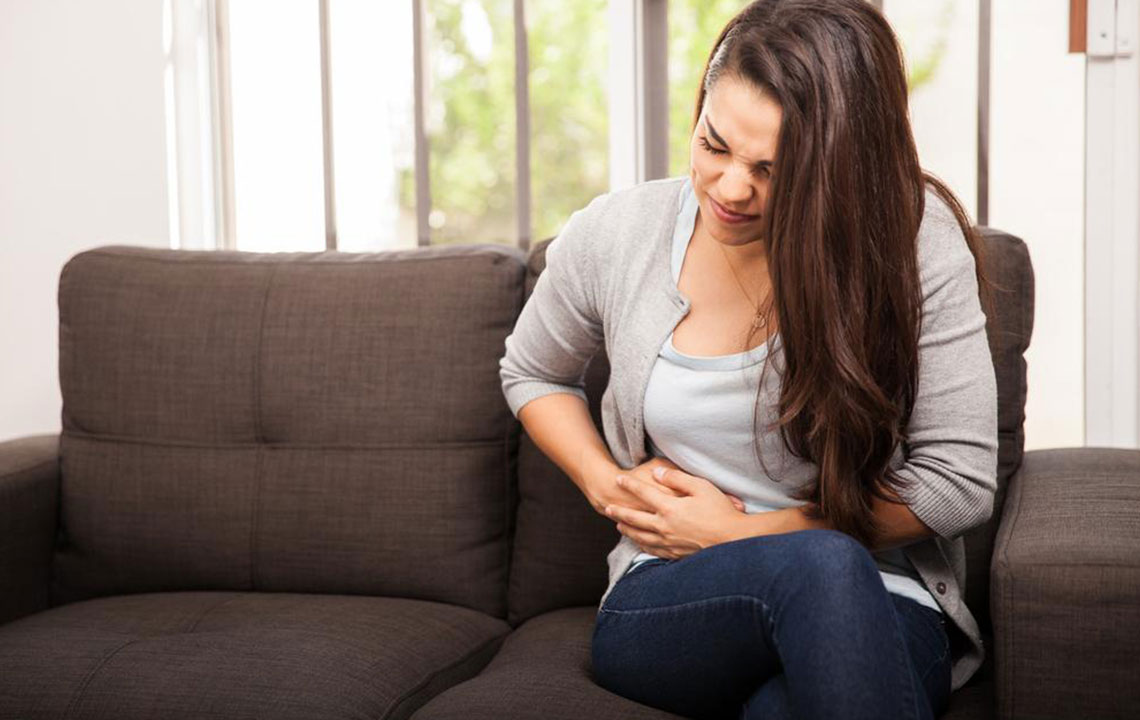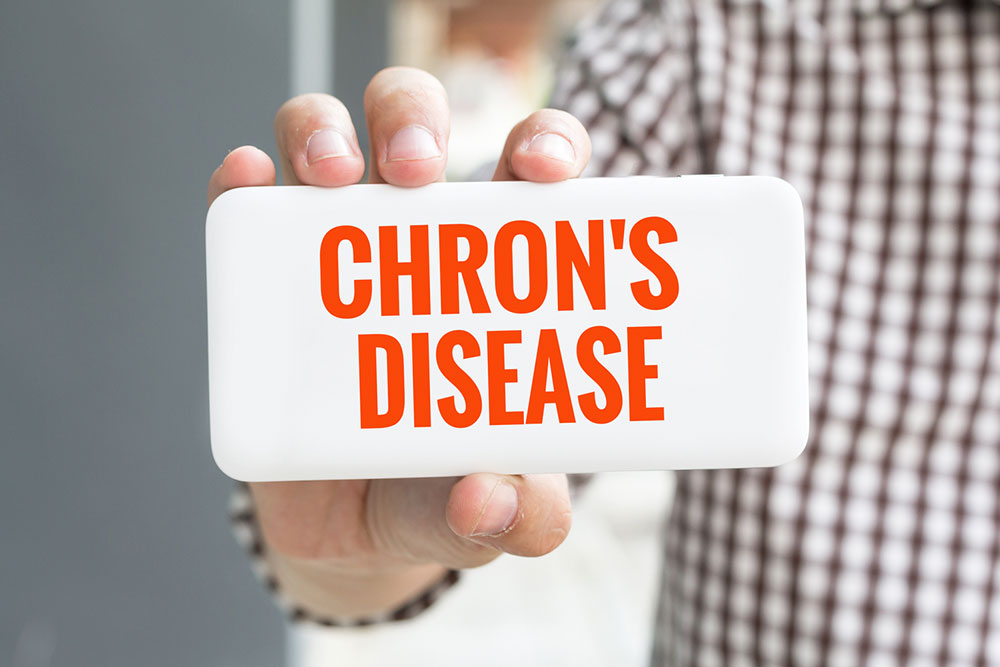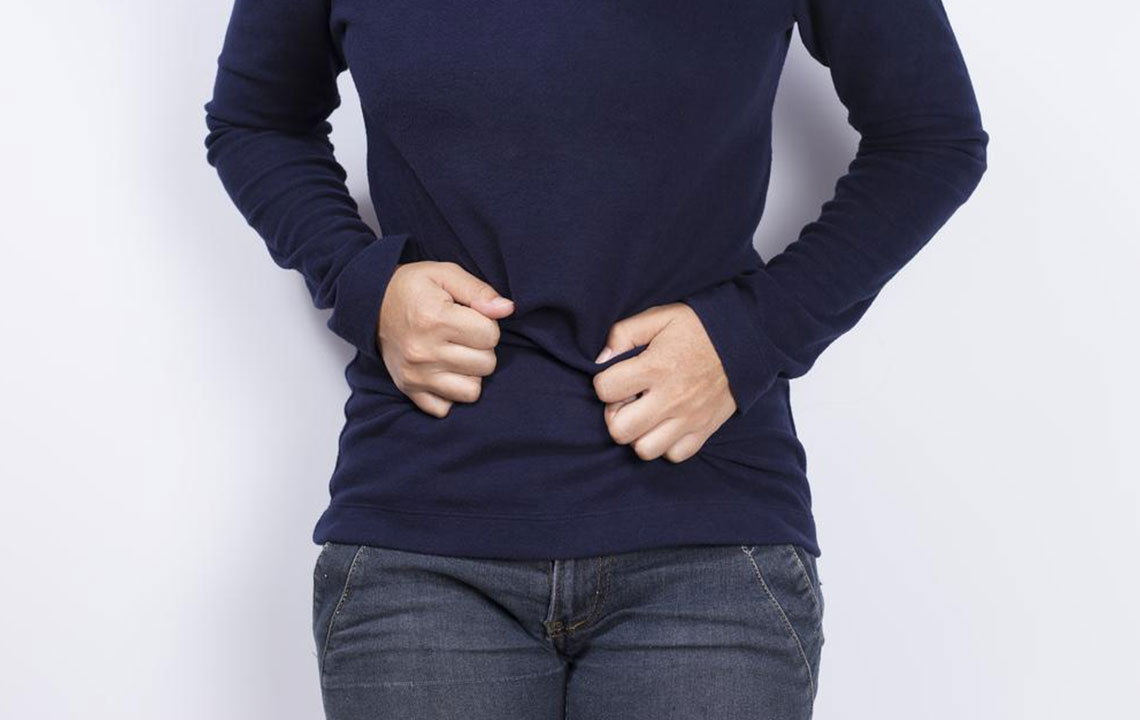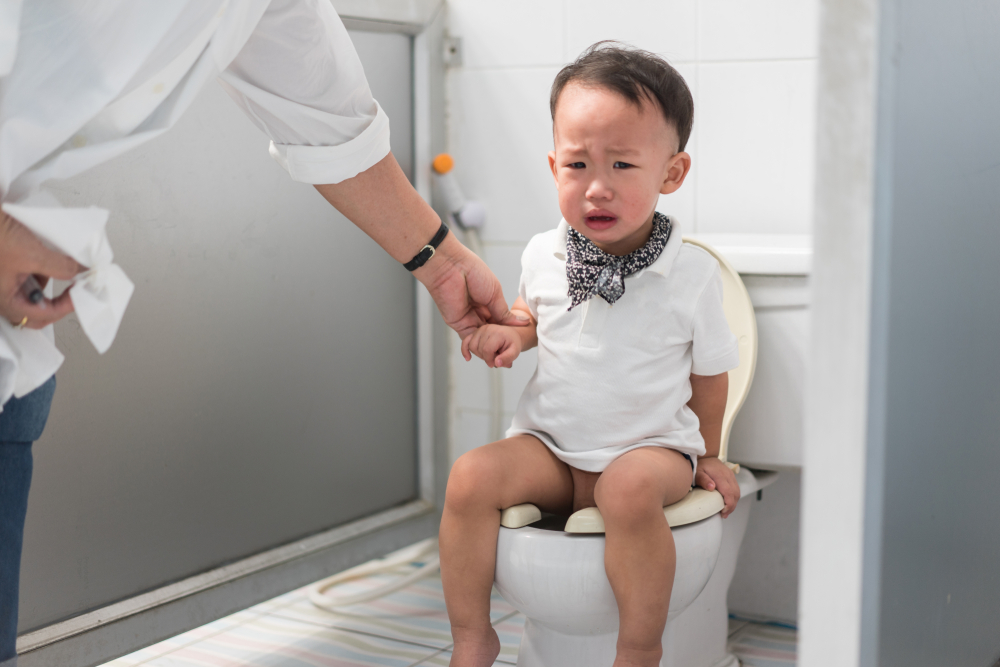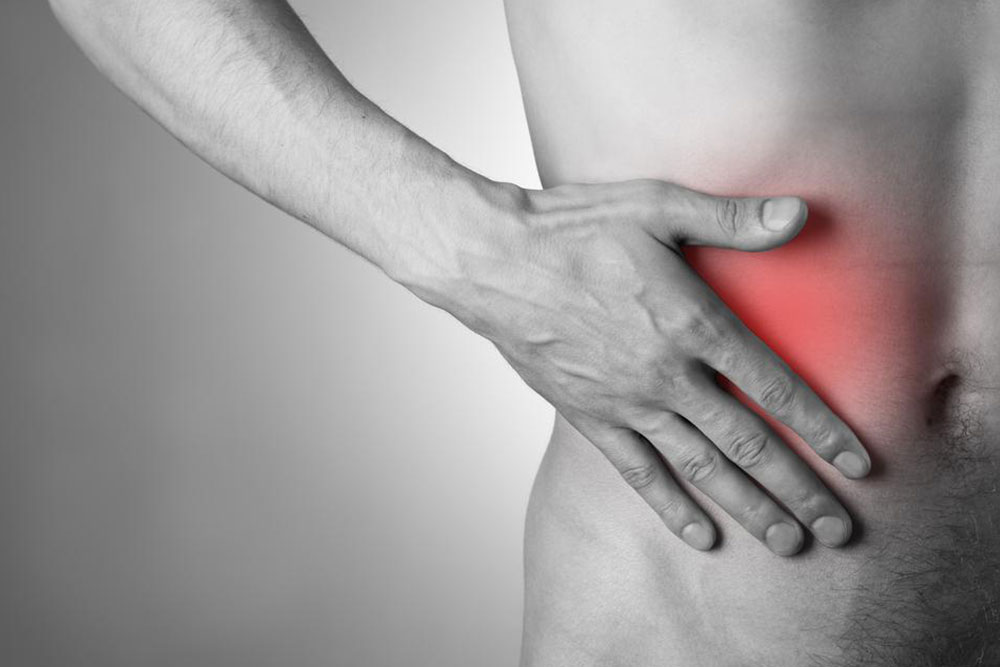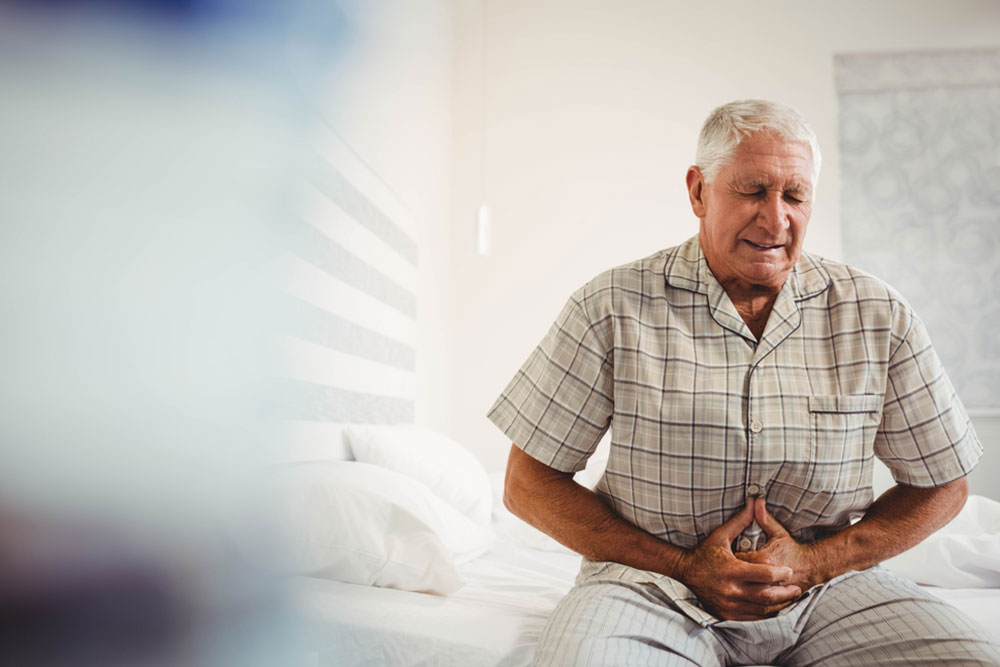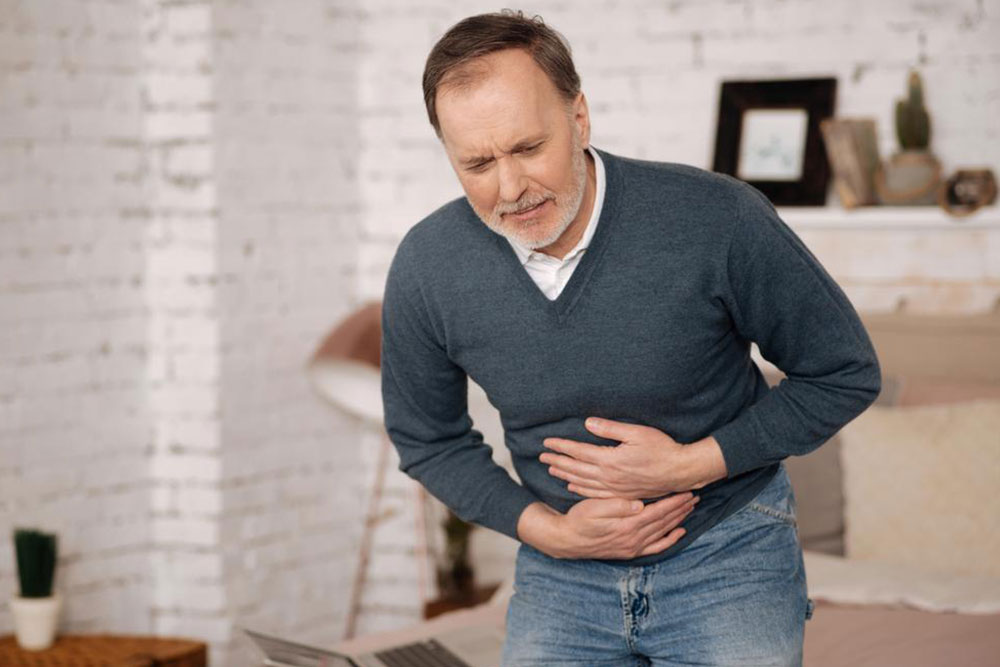Comprehensive Guide to Diverticulitis: Causes, Symptoms, and Treatment Strategies
Discover essential information about diverticulitis, including its causes, symptoms, and effective treatment options. Learn how dietary changes, medications, and lifestyle adjustments can help manage and prevent this common digestive condition. Consulting healthcare professionals is recommended for personalized care.
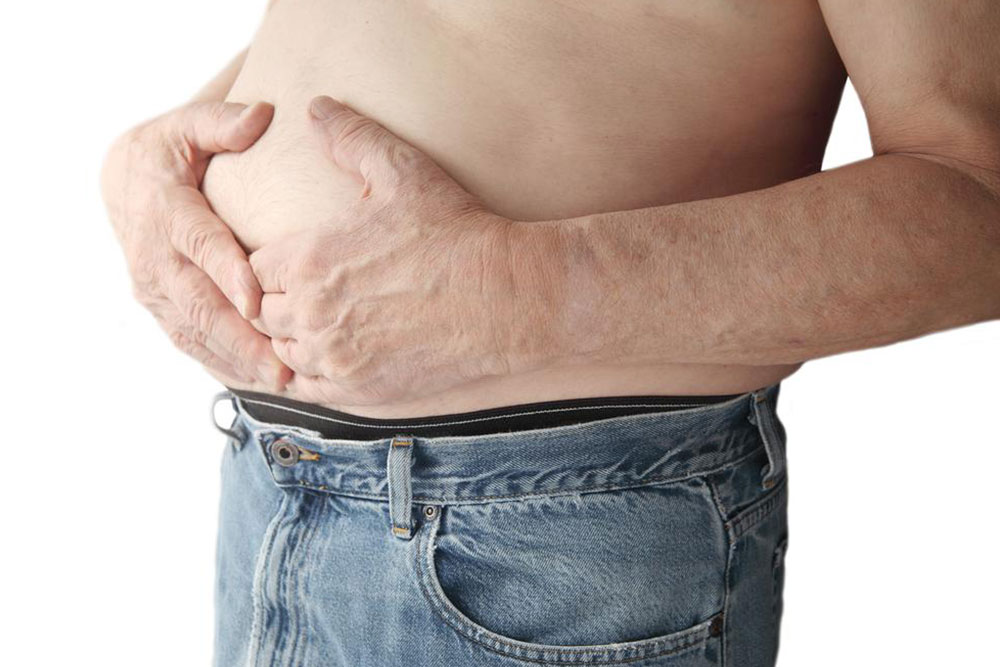
Comprehensive Guide to Diverticulitis: Causes, Symptoms, and Treatment Strategies
Diverticulitis occurs when small pouch-like sacs called diverticula, which form on the inner lining of the colon, become inflamed or infected. Although most common in the large intestine, these sacs can also develop elsewhere in the digestive tract. The precise cause of diverticulitis remains unclear, but low dietary fiber, chronic constipation, aging, and obesity are associated risk factors. These contribute to increased pressure within the colon, encouraging pouch formation and subsequent inflammation.
Primary symptoms of diverticulitis include sudden, intense pain in the lower left abdomen. Additional signs include nausea, diarrhea, constipation, bloating, rectal bleeding, fever, and chills. Recognizing these symptoms early and consulting a healthcare professional is crucial. Diagnosis often involves blood tests to check for infection and imaging scans like a CT to assess severity.
Effective Treatment Approaches
Treatment varies depending on symptom severity. Mild cases typically require a liquid diet to minimize bowel stress, gradually transitioning to solid foods as recovery progresses. Antibiotics are prescribed for infections, and patients should strictly follow medical advice—avoiding self-medication. Home remedies such as applying a heating pad can ease cramping and reduce inflammation. Stress-reduction techniques, including breathing exercises and meditation, can also help manage discomfort. In persistent or severe cases, surgical intervention may be necessary due to complications like fistulas or abscesses. Post-recovery, adopting a high-fiber diet, regular exercise, and adequate hydration are vital in preventing recurrences.
Important Notice:
Our blog provides useful, well-researched information across various health topics. However, it is essential to consult healthcare professionals for personalized diagnosis and treatment plans. The information shared is for educational purposes and should not replace professional medical advice. We disclaim responsibility for any inaccuracies or discrepancies across different sources.

